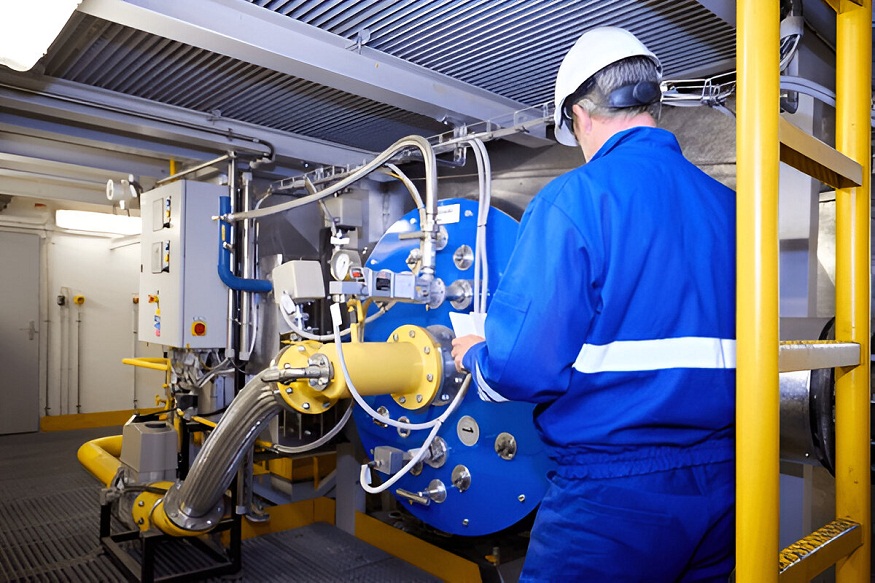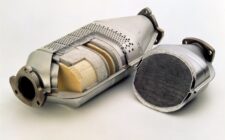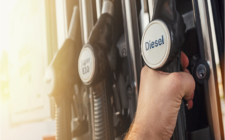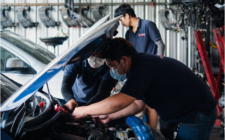In automotive, component durability is key to ensuring efficiency, safety, and long-term savings. With technological evolution and the integration of AI into vehicles, predictive maintenance has become an increasingly tangible reality: instead of waiting for a component to fail, systems analyze data and anticipate wear.
In this scenario, Helmer is a benchmark for manufacturers and industry professionals. The company, specialized in producing technical components for automotive, designs products built to last, minimizing maintenance needs and offering consistent performance over time.
The Predictive Maintenance Revolution
Traditionally, vehicle maintenance was based on periodic checks or replacing parts at fixed time or mileage intervals. However, this approach often led to waste—or, conversely, to late interventions.
With the introduction of intelligent sensors and monitoring algorithms, vehicles can now detect component conditions in real time and notify drivers when intervention is needed. This revolution improves safety, optimizes costs, and extends vehicle lifespan.
For predictive maintenance to be effective, components must themselves be robust, precise, and durable. This is where Helmer excels: delivering products engineered to endure and maintain high performance even after thousands of cycles.
Helmer: Designed for Longevity
Helmer’s philosophy rests on a simple yet fundamental principle: a quality component is one that never stops working properly. Every stage of production—from material selection to final testing—is carried out with maximum precision.
Helmer gas springs, seals, supports, and technical pistons are tested to withstand repetitive loads, temperature fluctuations, humidity, dust, and corrosion. The goal is long-term stability and resistance, regardless of vehicle type or operating conditions.
(Visit www.helmer.it to explore the product range and see how the company’s continuous research translates into durable, efficient solutions.)
Prevent Rather Than Repair
Predictive maintenance is not only about avoiding failures but also about optimizing efficiency. A vehicle operating at its best consumes less energy, emits less, and ensures safer driving.
Helmer contributes to this goal by developing mechanical and structural components capable of maintaining performance over time. Gas springs, for example, retain their force even after years of use, while seals continue to provide acoustic and thermal insulation, preventing infiltration and energy loss.
By reducing wear and unforeseen failures, Helmer products help vehicles operate more efficiently and lower maintenance costs for both private users and fleets.
Materials and Innovation Serving Durability
Behind every Helmer product lies thorough materials research. The company uses state-of-the-art alloys and polymers chosen to withstand mechanical and environmental stress. Production technologies target micrometric precision, because even minimal imperfections can compromise long-term performance.
Helmer also adopts sustainable production processes that reduce waste and scrap, demonstrating that longevity and environmental responsibility can go hand in hand.
From Predictive Maintenance to Intelligent Design
Predictive maintenance does not only concern use; it begins at the design stage. Helmer collaborates with manufacturers and engineering teams to develop components that integrate perfectly with digital monitoring systems.
In a modern car, every part communicates with the central system: sensors, springs, pistons, and seals must therefore be compatible with these technological standards. Helmer anticipates market needs by offering “smart-ready” components designed to communicate with predictive control platforms.
Helmer: An Investment in Quality and Reliability
Choosing Helmer means investing in quality and the future. Every product stems from a combination of engineering, experience, and research, with the objective of enhancing not only immediate performance but also vehicle longevity.




